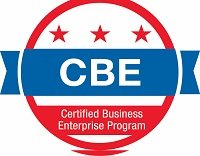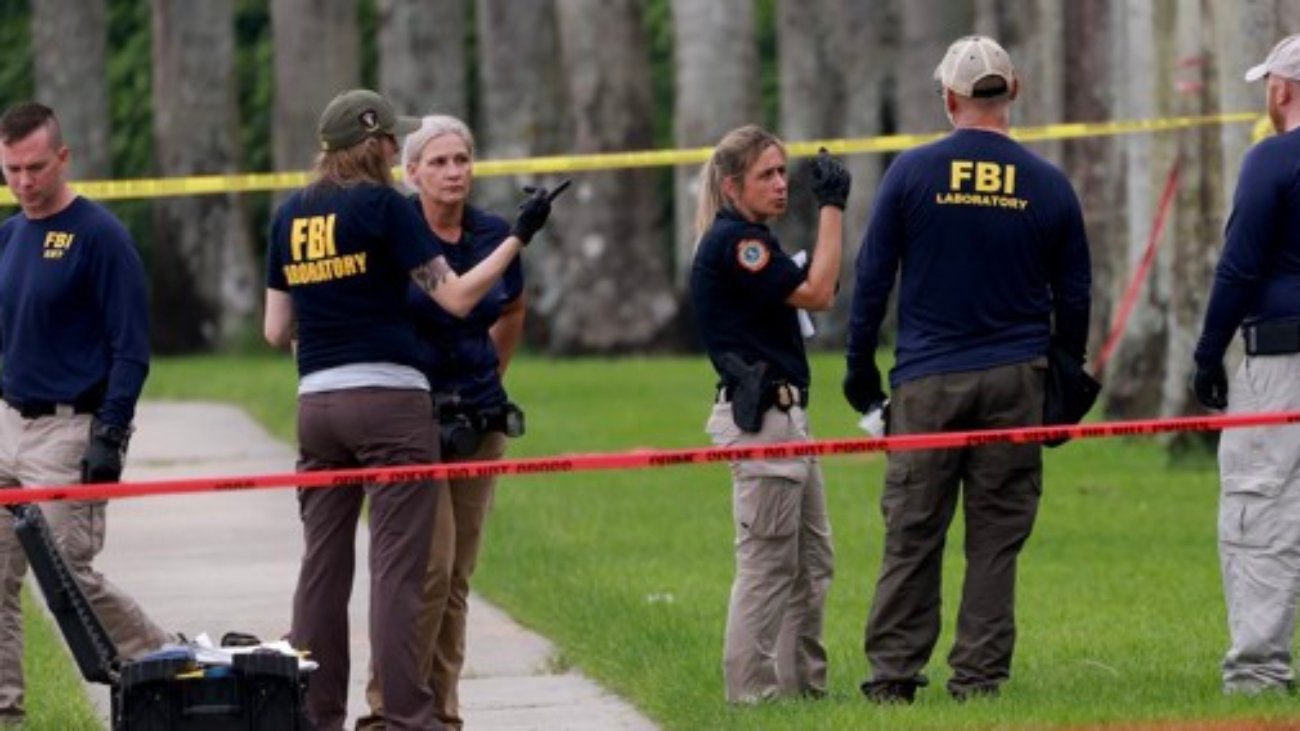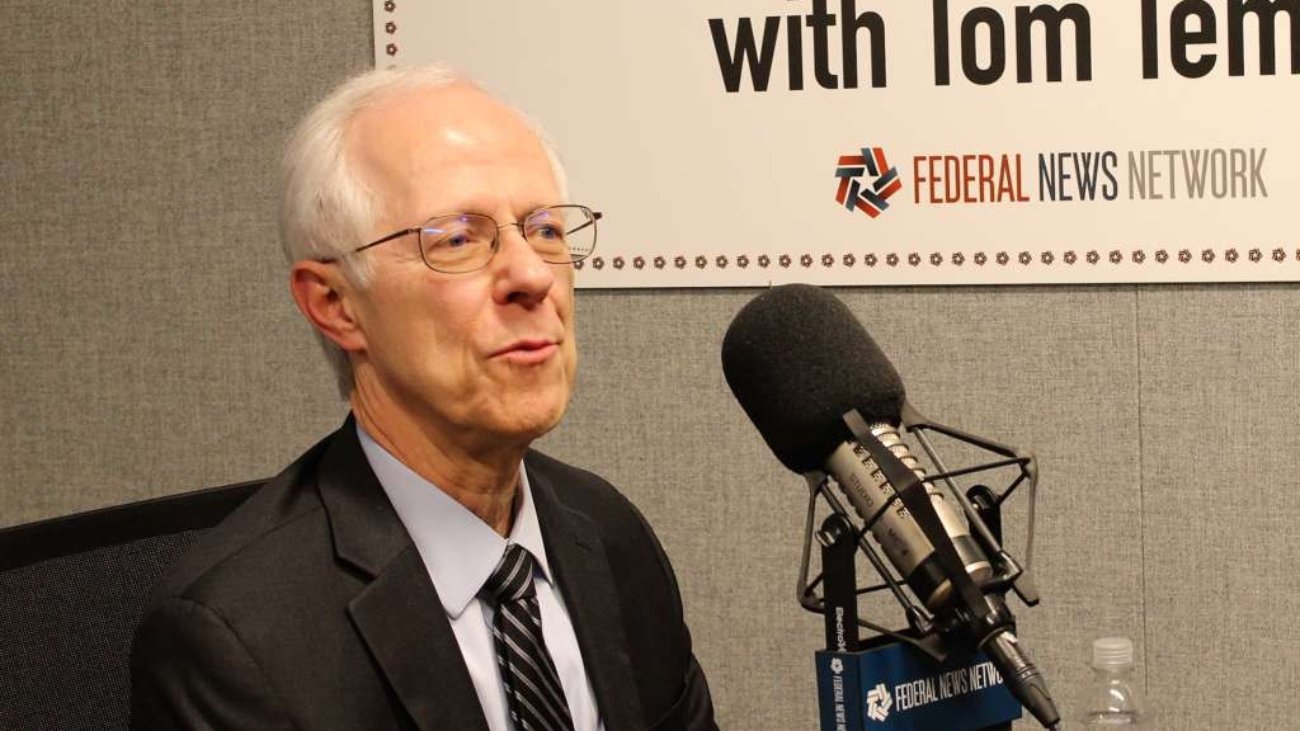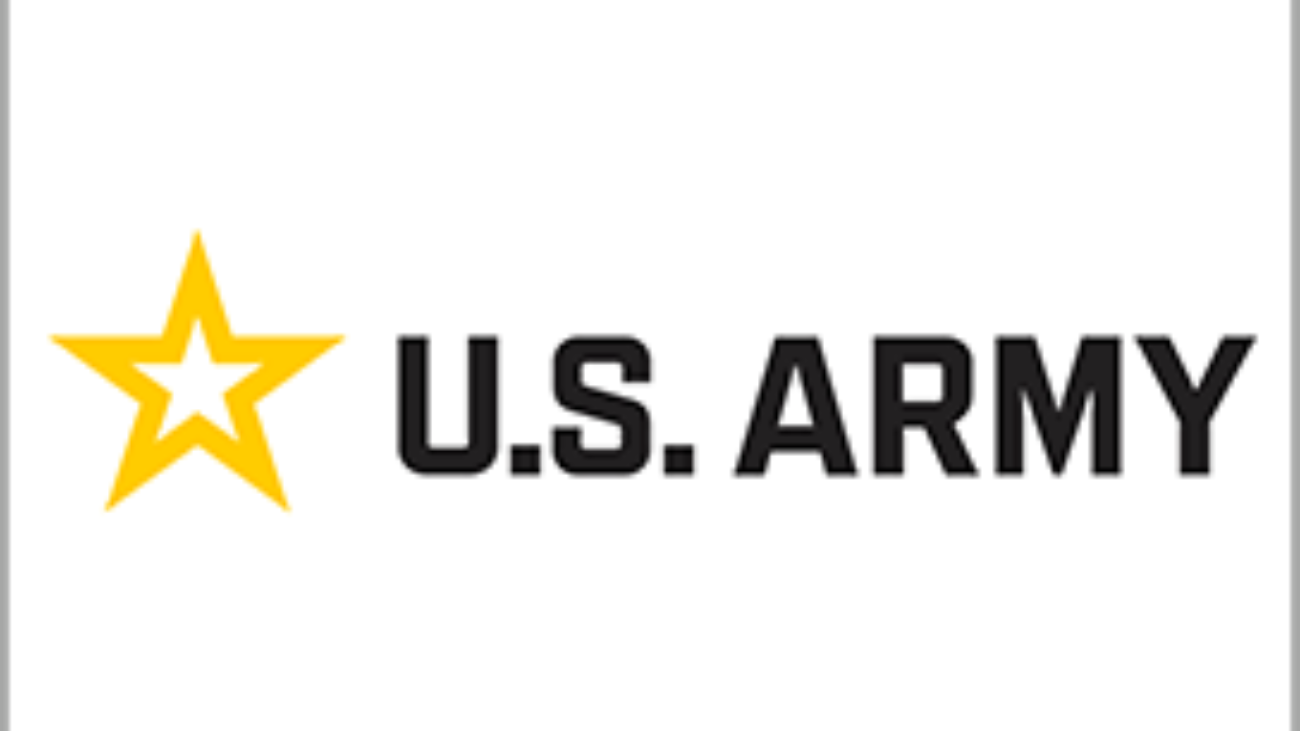Ryan Wesley Routh appeared in federal court Monday on two firearm charges after being apprehended by local law enforcement Sunday in what the FBI is investigating as a possible assassination attempt against former President Donald Trump.
Authorities found a rifle in an area Routh was seen fleeing on Sunday, but acting Secret Service Director Ron Rowe said Monday that Routh did not fire his weapon. Trump was unharmed, his campaign confirmed shortly after Sunday’s incident.
The Secret Service agent who spotted someone holding a rifle near the treeline of Trump International Golf Club in West Palm Beach, Fla., fired toward the suspect. Trump, the GOP presidential nominee, was golfing at the time.
The incident is being investigated as the second assassination attempt against Trump in two months. He sustained an injury to his ear during a shooting in Butler, Pa., in July.
The Trump campaign Monday blamed Democrats and the media for the shooting.
“Democrats and the Fake News must immediately cease their inflammatory, violent rhetoric against President Trump — which was mimicked by yesterday’s would-be assassin,” the campaign said in a statement.
Routh, 58, appeared before U.S. Magistrate Judge Ryon McCabe in West Palm Beach federal court and was charged with possession of a firearm as a convicted felon and for obliterating the serial number on a firearm, according to court records. If convicted, he would face up to 20 years in prison.
Routh is being held in pretrial detention, according to a criminal complaint filed by FBI special agent Mark Thomas.
The FBI is leading the investigation.
Separately, Florida Gov. Ron DeSantis said the state will conduct its own investigation into the possible assassination attempt to determine if Routh broke any state laws.
A detention hearing on the federal charges is set for Sept. 23, the Justice Department said.
Initial investigation
According to an affidavit accompanying the criminal complaint, at 1:31 p.m. Eastern on Sunday, a Secret Service agent walking the perimeter of the golf course spotted a rifle poking out of the tree line. The agent fired toward the rifle.
Rowe said at a Monday press conference that Routh did not have a line of vision at the former president and he did not fire his weapon.
“The agent who was visually sweeping the area … saw the subject armed with what he perceived to be a rifle and immediately discharged his firearm,” Rowe said. “The subject, who did not have line of sight to the former president, fled the scene. He did not fire or get off any shots at our agents.”
Routh fled in a Nissan SUV, according to the charging documents. A witness took photos of the license plate and local law enforcement officers stopped the vehicle in Martin County, which borders Palm Beach County.
West Palm Beach County Sheriff Ric Bradshaw said the witness was able to identify the driver as “the person that he saw running out of the bushes that jumped into the car.”
Routh was the sole person in the vehicle, according to the complaint.
According to the charging documents, agents found at the site Routh fled a digital camera, two bags, an SKS-style 7.62 x 39 rifle, which is the predecessor to the AK-47 assault rifle that law enforcement initially said they found Sunday, and a scope.
They also found a bag of food and noticed the rifle had the serial number obliterated “to the naked eye,” according to the filing documents.
The weapon also must have crossed state lines, Thomas noted.
“SKS-style 7.62 x 39 caliber rifles are not manufactured in the state of Florida,” Thomas wrote. “Therefore, I submit that there is probable cause to believe that the SKS-style rifle, which was seized from the tree line at Trump International… traveled in interstate or foreign commerce.”
The officers who stopped Routh on Interstate-95 noted that the license plate associated with the Nissan is registered to a 2012 white Ford truck that was reported stolen, according to the complaint.
Law enforcement found a July 10 Facebook post in which Routh directed his followers to contact him on WhatsApp and listed a contact number, according to the complaint.
Phone records associated with that number indicated that the phone “was located in the vicinity of the area along the tree line described from 1:59 a.m. Eastern to 1:31 p.m. Sunday,” according to the complaint.
Secret Service response
The incident follows the July 13 assassination attempt of Trump during a campaign rally in Butler, Pennsylvania, in which the Secret Service was heavily criticized for its response.
Then-Director Kimberly Cheatle resigned and Congress established a bipartisan task force to investigate the July shooting.
The leaders of that task force, Rep. Mike Kelly, R-Pa., and Rep. Jason Crow, D-Colo., have requested a briefing from the Secret Service on the security response to the shooting in West Palm Beach.
Members of Congress have been more complimentary of the Secret Service’s response to the Florida incident.
House Speaker Mike Johnson, Republican of Louisiana, commended the agency’s response during an interview with “Fox and Friends” on Monday.
“What I understand happened is that those agents that were with him yesterday saw that barrel of that gun between the bushes on a golf course. I mean, you know, that’s a difficult thing to spot. Thankfully, they did,” Johnson said. “But unlike in Butler, they did not pause. They immediately pulled their weapons and fired. I think that’s why this guy, the suspect, the shooter, threw the gun in the bushes and ran.”
Senate Majority Leader Chuck Schumer, Democrat of New York, said on the Senate floor Monday that senators are open to giving the Secret Service more funding in legislation this month needed to keep the government open past Sept. 30.
“If the Secret Service is in need of more resources, we are prepared to provide it for them,” he said. “Possibly in the upcoming funding agreement.”
President Joe Biden and Vice President Kamala Harris, the Democratic presidential nominee, said Sunday they’d been briefed on the matter and condemned political violence.
Prior arrests, Ukraine activism
In 2002, Routh was convicted in Greensboro, North Carolina, for possession of a weapon of mass destruction, which is a felony in the state. He was arrested after fleeing law enforcement and barricading himself for three hours in a business, according to the Greensboro News & Record.
He was also arrested in North Carolina in 2010 for possession of stolen goods.
Jeffrey Veltri, the special agent in charge of the bureau’s Miami field office, said during a Monday press conference that the FBI is conducting interviews with family and friends in Honolulu and Charlotte, North Carolina.
He added that in 2019 the FBI received a tip that Routh possessed a firearm, which was illegal because of his felony record. When FBI agents followed up, the tipster “did not verify providing the initial information,” Veltri said.
The agency referred the matter to Honolulu police, he said.
Routh was interviewed by The New York Times last year about his efforts to recruit Afghan soldiers who had fled the Taliban to fight in Ukraine’s war against Russia.
Routh, who had spent time in Ukraine and does not have any U.S. military experience, said he had planned to illegally obtain documents to move those Afghan fighters from Pakistan and Iran to Ukraine.
“We can probably purchase some passports through Pakistan, since it’s such a corrupt country,” Routh told the Times in the interview.
He wrote an ebook that he published on Amazon Kindle about his time in Ukraine, during which he became disillusioned about the country’s ability to win its war against Russia.
Kathleen Shaffer, who said Routh was her fiancé, set up a GoFundMe in 2022 to help Routh travel to Ukraine for 90 days to fight in the war.
The fundraiser has been deleted, but can be accessed through internet archives.
“Any and all funds will support purchase of additional flags, tactical gear, any supplies needed for incoming volunteers, and hostel lodging,” according to the fundraiser, which raised $1,865 out of its goal of $2,500.
States Newsroom called a number associated with Shaffer, but could not reach her.
Public records show Routh currently lives in Kaaawa on the island of Oahu in Hawaii.
In 2018, Hawaii News Now interviewed Routh about torrential rains in Kaaawa. Routh talked in the interview about a recent home project he finished after buying his home a year prior.
Utah News Dispatch is part of States Newsroom, a nonprofit news network supported by grants and a coalition of donors as a 501c(3) public charity. Utah News Dispatch maintains editorial independence. Contact Editor McKenzie Romero for questions: info@utahnewsdispatch.com. Follow Utah News Dispatch on Facebook and X.













